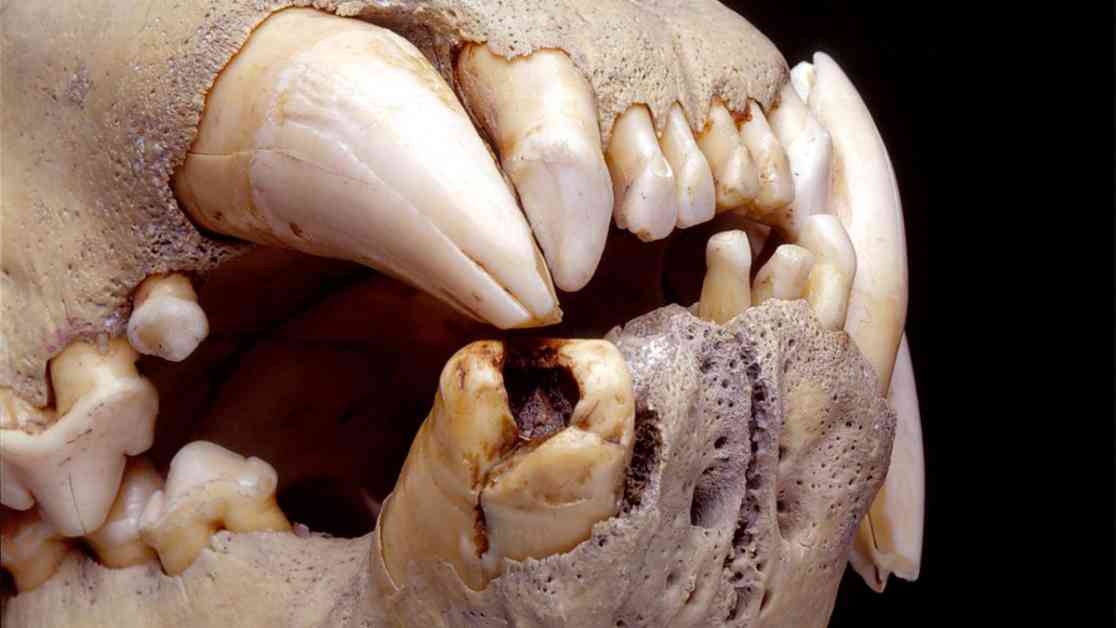In 1898, two male lions in Tsavo, Kenya, killed and ate dozens of workers building a railway bridge over the Tsavo River. These lions became infamous for their attacks, which lasted nine months before they were shot. The lions’ bodies have been preserved at the Field Museum of Natural History in Chicago.
Recently, scientists conducted a study where they analyzed clumps of hair found in the lions’ teeth to uncover new insights into their diet. The DNA extracted from the hair revealed that the lions had preyed on six different species, including giraffe, human, oryx, waterbuck, wildebeest, and zebra. Surprisingly, hair from wildebeest was found, suggesting that the lions may have traveled farther than previously believed or that wildebeest were present in the Tsavo region during that time.
The study also found that the absence of buffalo DNA was unexpected, as these animals are a major prey for lions in the Tsavo region. The researchers speculated that the decline in the buffalo population due to the rinderpest epidemic may have influenced the lions’ diet. The study further suggested that the lions’ human-eating habit could have been triggered by the collapse of the buffalo and cattle populations, as well as painful dental injuries that made hunting large prey difficult for the lions.
The researchers noted that the lions’ territory spanned across an eight-mile campsite in Tsavo National Park. They also found evidence to suggest that the lions may have traveled to more productive environments during the months when they were not attacking humans. By analyzing the layers of hair found in the lions’ jaws, scientists hope to trace changes in their diet over time and gain insight into why humans became their target.
Overall, this study sheds new light on the behavior and diet of the Tsavo man-eating lions, providing a better understanding of their actions and the factors that may have influenced their predatory habits. Further research in this area could reveal even more about these infamous predators and their interactions with humans in the past.










